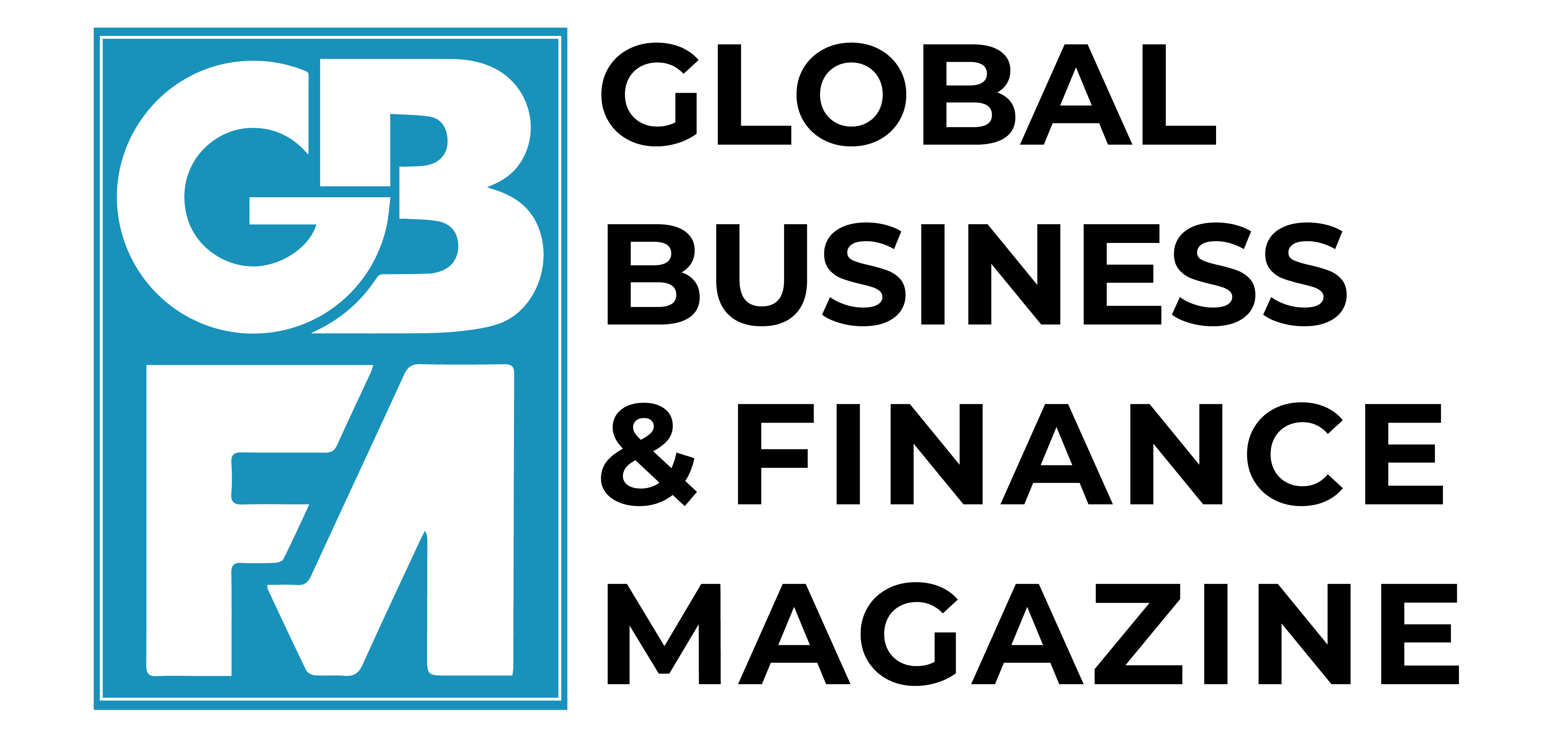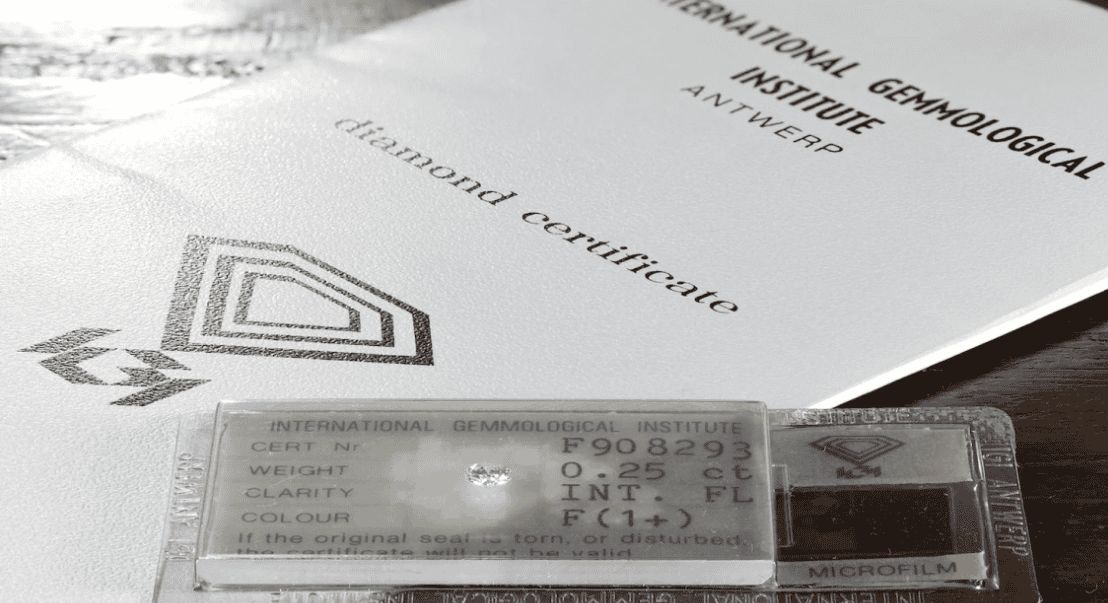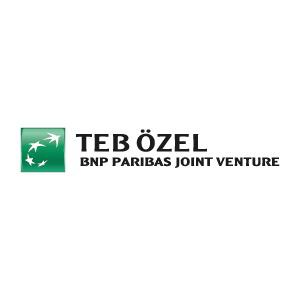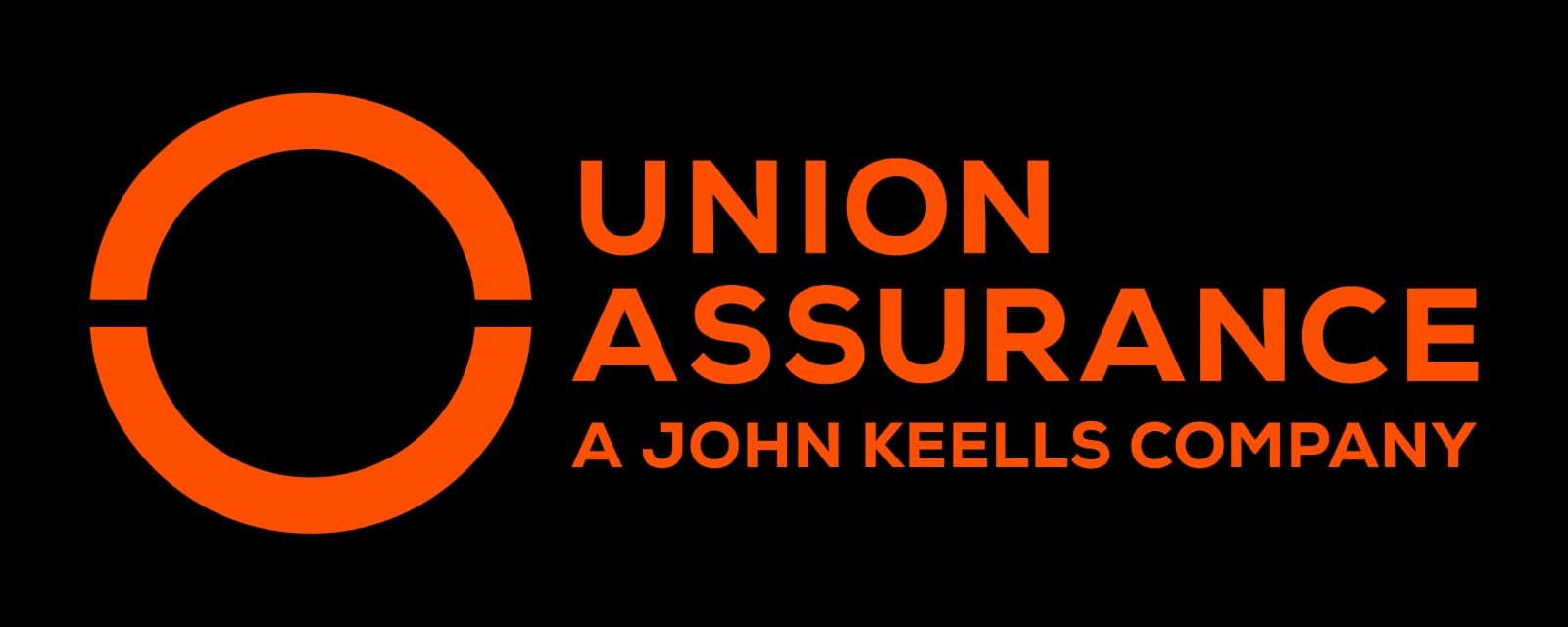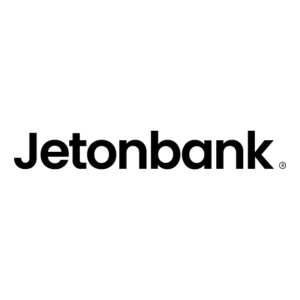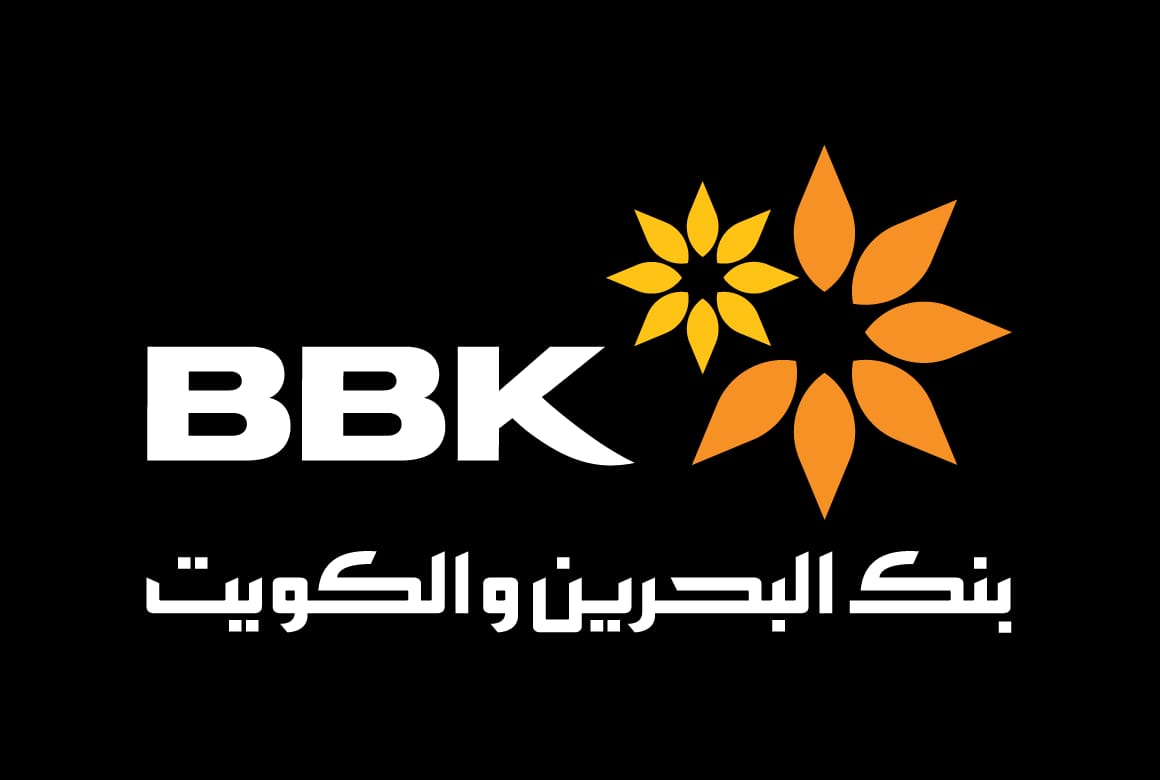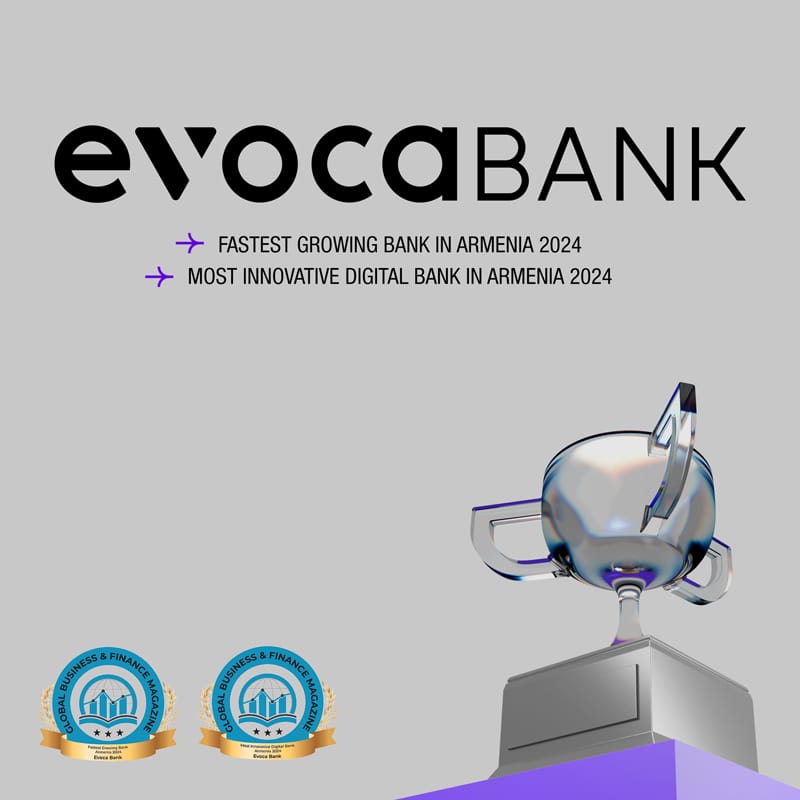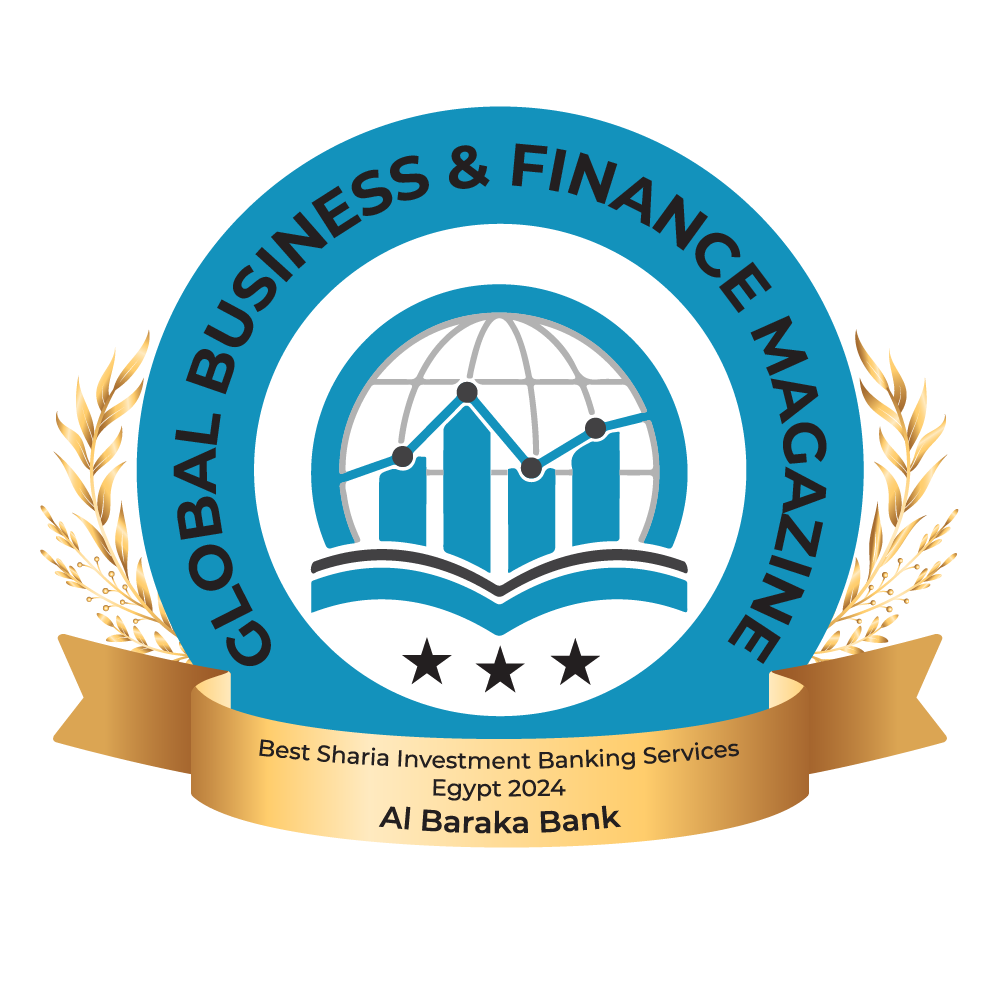Establishing a Ukrainian Development Bank is key to Ukraine’s post-war recovery, to foster both international trust and local ownership. This column describes how, drawing on lessons from the European national development banks and Ukraine’s recent reforms, a Ukrainian Development Bank could integrate existing financial structures, channel EU aid, support small and medium-sized enterprises, and drive economic modernisation. Balancing local ownership with robust governance and civil oversight to mitigate corruption risks will be crucial to ensure effective integration into the EU and sustainable development.
A Ukrainian Development Bank (UDB) is increasingly seen as a key institution to build international trust and safeguard Ukraine’s local ownership in order to finance post-war recovery and EU integration (Carletti et al. 2024). A UDB could channel EU aid and donor resources to address immediate wartime needs and support Ukraine’s long-term modernisation and economic growth. Within the EU integration context, the UDB could facilitate investment from programmes like InvestEU (Mertens et al. 2021), align Ukraine’s interests with its central European neighbours, and play a central role in advancing industrial policy, strengthening the Single Market, and supporting infrastructure development (Bykova et al. 2024, Popławski and Baniak 2024). The European Investment Bank (EIB) and the network of 33 national development banks (NDBs) already play an essential role in strengthening Europe’s competitiveness by financing innovation and mobilising private investment, and are being called upon to play an even more important role (Draghi 2024).
However, concerns remain over potential misuse of the UDB amidst Ukraine’s weak rule of law. To counter risks of corruption, current proposals suggest limiting the UDB’s functions and outsourcing governance to external stakeholders. For example, Carletti et al. (2024) recommend that the UDB focuses on recapitalising and privatising commercial banks and lending only to commercial banks (tier-2 banking). They suggest that multilateral development banks (MDBs) should be the key co-owners of the UDB. This would, however, undermine the local ownership principle in Ukraine’s reconstruction. Blackrock and JP Morgan propose a Ukraine Reconstruction Bank, a development fund modelled after venture capital firms and managed internationally. However, these models have a limited capacity to modernise the Ukrainian financial system and produce spillover effects, as they are much less ambitious in terms of the scope of their financial activities than the national development banks that currently exist in the countries of the EU. They also overlook the achievements of anti-corruption, governance of state corporations, and decentralisation reforms in Ukraine in the last few years.
A UDB must balance local ownership with governance safeguards. Drawing on lessons from European NDBs and Ukraine’s recent reforms, the UDB can be built in a stepwise process using existing financial structures. Its governance structures can be inspired by Ukraine’s anti-corruption institutions and state-owned company reforms.
Functions of a development bank in Ukraine
Historically, NDBs in Europe have fulfilled five main functions: collecting deposits, channelling foreign aid (e.g. during the Marshall plan), providing long-term loans to financial institution, financing directly municipalities and businesses, and guaranteeing risky loans (e.g. export credit). We review in Table 1 a few examples that are paradigmatic of different models of NDBs in Europe. Still, readers should keep in mind that there are currently 33 NDBs in Europe, and that each one has a unique model.
Table 1 Overview of selected national developmental banks in Europe


Sources: Mertens et al. (2021), Naczyk (2022) and authors’ own elaboration.
In Ukraine, the first function – deposit collection – is currently unnecessary due to high liquidity in the banking system fuelled by foreign aid and government guarantees (for this reason, the functions of NDBs presented in Table 1 do not include deposit collection). Instead, the UDB should prioritise long-term lending to municipalities (hromandas), co-investing with private banks in high-risk projects, and supporting small and medium-sized enterprises (SMEs) and startups. The UDB could somewhat emulate the decentralised approach of the German KfW, which lends to other financial institutions. But this approach is especially suited to Germany because there exist many public regional banks to which the KfW can lend. The UDB could instead lend to hromandas directly, as they have the capacity to identify local investment needs but lack access to public and private investment opportunities (OECD 2022).
The UDB’s functions should extend beyond merely channelling liquidity into the banking system to strategically directing credit into segments of economic activity considered strategic, aligning with an explicit industrial policy, much like the approaches of Poland’s BgK and France’s Bpifrance. Key areas of focus include reconstructing local infrastructure, supporting SMEs’ integration into the EU market, and facilitating high-tech industries like IT and defence production. Additionally, the UDB could address financing gaps in projects valued at €5–10 million, a crucial segment for Ukrainian businesses (KSE 2024).
Building on existing structures
Each NDB is the product of a specific history, and most have been created in a stepwise process, building on other institutions. Historical examples, such as the decisive role of NDBs in the post-WWII recovery in Western Europe, show the benefits of relying on pre-existing institutions. For instance, Germany’s newly created KfW leveraged – and maintained – existing regional public banks (Grünbacher 2017), while France gave new functions to the Caisse des Dépôts et Consignations (CDC) to support industrial policy and social housing loans (Monnet 2018). Bpifrance was created in 2012 as part of the CDC group to integrate functions that had previously been performed by various French public banks: direct loans to SMEs, private equity, and insurance of export credit (Thiemann and Volberding 2021). More recently, the experience of Poland and the Polish Development Bank (BgK) has been particularly instructive, demonstrating the importance of NDBs for attracting international private funds, steering industrial policy, and channelling EU money in pre-accession funds. The BgK was reactivated in 1989 – after 40 years with very limited functions – but had been founded in 1924 and previously played a key role in Poland’s development. It has progressively centralised and merged various promotional activities (Piroska and Mero 2021, Naczyk 2022). Similarly, Ukraine can use its current institutions as the foundation for a UDB.
Rather than creating a new institution from scratch, the UDB should build on existing financial structures like Ukreximbank (financing of export credit), the Business Development Fund (set up as a German-Ukrainian venture by KfW and turned into a fund owned by the Government of Ukraine in 1999), and the Partial Credit Guarantee Fund in Agriculture. These institutions have already demonstrated reform potential and resilience during wartime. Over time, the UDB could integrate venture funding and human capital development functions, focusing on IT and defence startups. Figure 1 summarises how the UDB could integrate these different functions, building on existing institutions. Merging several functions into a development bank (loan guarantees, direct loans, equity purchases) has strong advantages since it allows them to provide a broad range of financial instruments to companies. It also helps to identify the needs for funds which are not covered by the private sector.
Figure 1 Proposed structure of the Ukrainian Development Bank


Strengthening governance and democratic oversight through the ‘sandwich model’
Despite achievements in anti-corruption measures, Ukraine’s existing banking structures remain vulnerable to the influence of vested interests and suffer from a lack of trust due to corruption risks and weak rule of law. For example, Ukreximbank was at the centre of recent scandals involving the misuse of its credit policy for political purposes. Therefore, it is essential that the proposed banking structures undergo robust governance reforms and adhere to European compliance standards and EU assessments. The conventional mechanisms of democratic oversight, such as the parliamentary control, are unlikely to provide an effective solution in the context of Ukraine’s patronal politics.
A ‘sandwich model’ of democratic reform leverage and civil society oversight, proven effective in Ukraine’s anti-corruption efforts, could be applied to the UDB. Under this model, domestic civil society activists would pressure the government to reform UDB banking structures, while the international community would apply conditionality (cf. Figure 1). Civil society could propose reform roadmaps and monitor implementation, while international actors push the government to adopt reforms.
Mechanisms of international socialisation could further enhance governance. Collaboration with multilateral and national development banks already active in Ukraine (e.g., the World Bank, EIB, EBRD, KfW, BgK) is crucial. Acting as a junior partner in these collaborations could address corruption by integrating external oversight practices and build the UDB’s capacity to meet EU sustainability and investment standards. The UDB would be supervised by the National Bank of Ukraine, following European and international standards.
Involving external actors in UDB governance is also advisable. For example, the EU could become a minority shareholder, given its role in Ukraine’s reconstruction fund. However, strong national ownership is essential. Representation should include national interest groups such as business associations, trade unions, and experts on the UDB Supervisory Board (see examples in Table 1). Additionally, the UDB must be incorporated within Ukraine to ensure it is perceived as a domestic development agent and avoid framing it as externally imposed, which risks political attacks.
To counter corruption in lending decisions, the UDB should draw from Ukraine’s anti-corruption successes. Accountability to a civil council of society representatives, a proven model in Ukraine’s anti-corruption institutions, could be established. Alternatively, the UDB could adopt a dedicated anti-corruption institution within its corporate governance, as pioneered by JSC Ukrainian Railways (Ukrzaliznytsia).
Conclusion
The establishment of a Ukrainian Development Bank offers an opportunity to drive postwar reconstruction, foster economic modernisation, and accelerate Ukraine’s EU integration. By building on existing financial institutions and combining local ownership with civic oversight mechanisms, the UDB could avoid the pitfalls of corruption and external dependency. Drawing from historical lessons and Ukraine’s recent reform successes, the UDB could become a key instrument for Ukraine’s economic modernisation and integration into the EU.
Source : VOXeu

